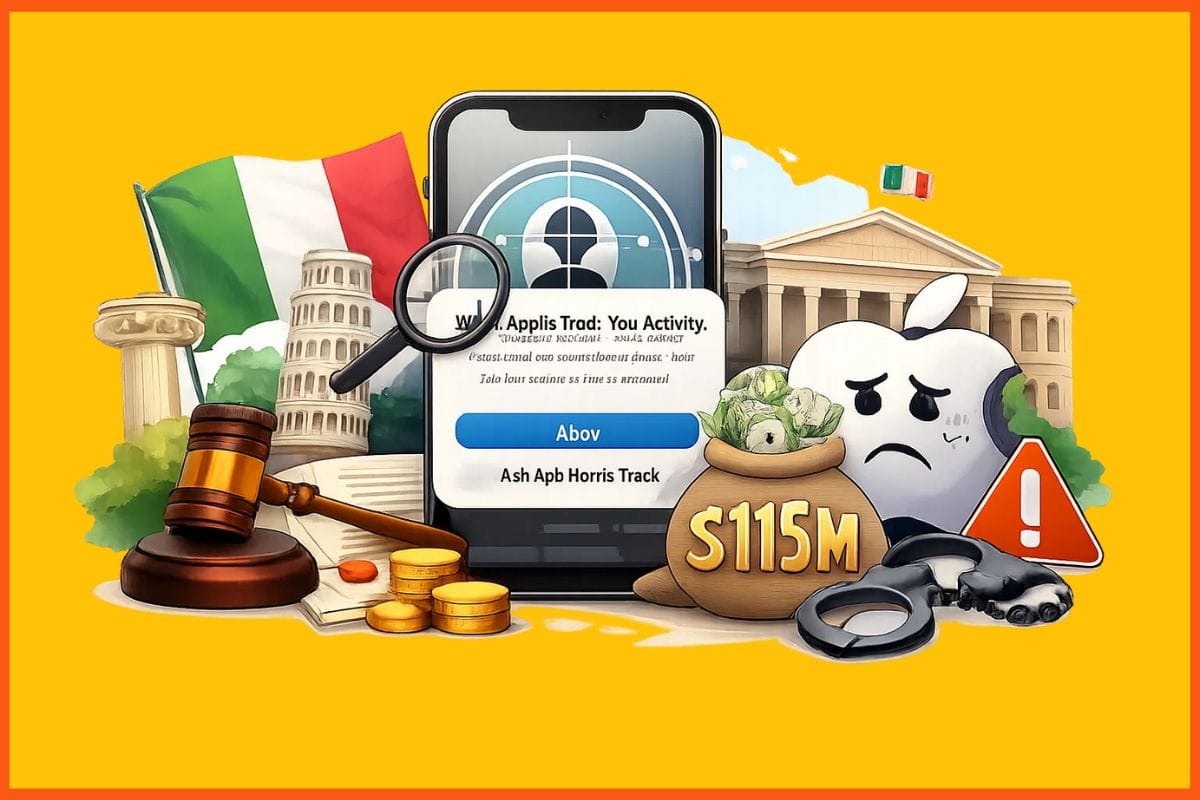How to Design Drip Email Campaign?
💻 SaaS
An email drip campaign is a series of messages that are sent, or “dripped,” in a predefined order at a predefined interval. Drip campaigns are commonly used to communicate to new subscribers or someone who made a purchase but didn’t join your email list yet, but you can use them at any time.
Email drip campaigns are intimidating. They’re complicated, requiring you to create a bunch of content, write a bunch of emails, and then stitch it all together somehow.

Now that we know what is drip email campaign, how do you actually map out a successful automated drip campaign? Turns out, it’s not as hard as it seems.
Know more about drip email campaigns: Drip Email Campaign
Also read: How to Track Customer Acquisition in SaaS?
How to Set Up a Drip Campaign?
Here are eight steps to keep in mind to create your first drip campaign — plus examples of how to target your audience, write your emails, tweak for best results and so on.
Set up your objectives.
You need to define your objectives to achieve your expected results. These objectives must be SMART, which is an abbreviation for the words — specific, measurable, attainable, realistic and timely. Let’s break them down below:

- Specific: Be clear about what you want. Do you want to promote your products? Or, do you want to educate consumers with actionable advice? It’s time to plan and decide.
- Measurable: Create success metrics for your drip campaign. What is the click-through rate you want to achieve? How will you measure your conversions? By introducing target numbers in your objective, you can clearly define the level of success you want.
- Attainable: Are these objectives achievable for everyone in the team?
- Realistic: Nothing is impossible, but you have to be a bit realistic when it comes to your time and your resources. Are your objectives attainable based on the number of your subscribers, and the amount of time in your hands? Is the amount of work required for the campaign reasonable based on the number of marketers and designers in your team? While it’s great to be ambitious, you also need to be a bit realistic about your objectives.
- Timely: Set a time frame and schedule to make sure that your drip campaigns will stay on track.
Your objectives should be based on your end goals. Do you feel that your leads only try the free trial and none of them end up buying a subscription? Try an email sequence that contains product tutorials to highlights its value and show users how they can benefit from it.
Don’t forget to create SMART objectives. A lot of people set big goals only to fall short, because they don’t have a concrete plan to achieve what they want. So, it’s important to clearly define your goals from the start.
Identify Your Target Audience
Drip campaigns are all about breaking your subscriber list into subsections, and targeting information to niches of customers. So, the most important piece here is determining which triggers and groups you're going to use for your drip campaign strategy. But how do you segment your customers? Here are some ways you can get started.

- Demographics
Demographics contain basic information like age, gender, location and job. It’s pretty obvious, but failure to use this data may lead to disastrous emails. For instance, let’s say you’re in the business of selling shoes. Without segmenting your emails based on genders, you may send emails promoting high heels to males. This is a disaster and a complete turn-off to customers. No one wants to receive a message that’s obviously not meant for them.
The good news is that by segmenting customers based on demographics, you never have to face this dilemma. In addition, you also send messages that are tailored to the needs of each customer. - Actions
You can also segment customers based on their behavior such as purchase, visit frequency, length of subscription and content. With the use of triggers, marketers can send emails based on products bought or the content users interacted with.
For example:
- A user subscribes to your company newsletter, and you send them a welcome email via your drip campaign
- A user makes a purchase, and you automatically send them a receipt with shipping information (plus a few up-sells)
- A user downloads the trial version of your app, and you send them a series of six instructional emails over the course of the trial, which offer helpful tips on making the most of your app.
Visualize your end goal
Step back and think about what action you want qualified leads to take. Ultimately, we want to get on the phone with these top-tier leads to not only try to make a sale, but to also explore possible partnerships and discuss their current challenges. Your action might be a purchase, a download, or a demo; regardless, make sure the desired action is clear.
By the time users reach the end of the drip campaign, they should have a clear picture of their unique problems, how you can help them solve them, and how exactly you can work together. Ideally, when our customers are ready to buy, they have a good understanding of content marketing and its long-term commitment. Eliminate as many surprises beforehand by working backward from your end goal.
Determine Frequency of Your Drip Campaign
Next, think about the frequency of your emails. Let’s say, your drip campaigns is about a course on a specific skill. You can space these emails out for two to three days each — rather than 7 or 14 days apart. This way, your viewers will easily recall what the email is about. The rules of how often you should send an email isn’t set in stone. So, if you’re in doubt, test your results or ask your customers.
Let’s say, you have an educational drip campaign about your product tutorials. Try to find out your open rates if you send tutorials every two days, five days and so on. Are customers more likely to open your email, if the previous one is still fresh from their minds? Check your analytics to find out.
Determine Your Email Sequence
Next, it’s time to determine your email sequence. The sequence of your email campaign should be in sync with your objectives. What do you want your users to achieve by the end of the drip campaign? Will these emails help them achieve it?
The emails you send should serve as a customer’s path to achieving your objective. As for how many emails you’ll send, you can go with as low as five emails and a maximum of ten emails, but there’s really no limit. Just don’t go overboard! Simply send enough emails to get your message across.
Create Irresistible Subject Lines
How do you write an email that gets read? It all begins with an irresistible subject line. Here are some tips:
- Keep It Short
- Add a Personal Touch
- Be witty
- Use a Call-to-Action
Select your content and create the campaigns.
Now that you know whom you're targeting, you need to generate a message that's helpful and grabs their attention. What do you want the user to do? Or, what do you want the user to learn? When it comes to selecting content, it all goes back to where your lead’s focus currently resides and how close he/she is to making a decision. For those who aren’t purchase-ready, include blog posts and other content covering a variety of questions and concerns. These readers aren’t ready to jump on a call about budgeting, targeting, and possible solutions — they’re just testing the water, and it might be too cold.
Based on your answer, write copy that's clear, actionable, and attractive. Maintain the voice that you've built for you brand, but make sure that your message is clear. To move qualified leads closer to a buying decision, focus on content that digs deep. Think whitepapers, case studies, and demos that clearly highlight your understanding of their problems — and how you can be the solution.
Here are some phrases you can use to create an actionable email:
- Shop now, Share, Get social, Spread the word
Combine this with phrases related with time to create a sense of urgency:
- Only [number] days left, today only, Limited-time, offer ends at [time], Sale ends at [time]
Automate your emails.
Once you've decided on a strategy, start sending. To do this, you can either implement your own custom drip software or buy an off-the-shelf product that'll have you up and running in minutes. Once your content is ready, it’s time to let your marketing automation solution take care of the heavy lifting. The content you’ve selected — blog posts, external articles, whitepapers, case studies, etc. — that covers the basics should be delivered at a routine pace.

For those leads at the bottom of the funnel, we utilize content to address questions and objections that might slow down a potential sale. These emails are best delivered via triggers, like link clicks, open rates, or lead qualification. As leads approach the decision-making part of the process, they’ll need answers quicker; match that pace, or you’ll lose their interest.
Ultimately, developing a drip campaign isn’t a plug-and-play method to maximize sales. Rather, it’s a powerful tool to create prepared customers. Put in the work, and your drip campaign will result in a flood of new business.
Evaluate and Adjust
Just because your drip campaign is automated doesn't mean you can let it run unsupervised. You spent a bunch of time researching user segments, and it's important to readjust those segments and your strategy based on the results.

If you aren't getting as many clickthroughs as you want, try rewriting your calls to action; if you aren't meeting your conversion rate goals with your sale-closing email, try more educational communications before asking any user to pull the trigger.
Evaluate, adjust, repeat.
Conclusion
Drip email campaigns are of great help when it comes to getting users and popularizing your idea/product. Though, different strategies may work for different companies and products, we have given some basic steps that anyone can follow to create a successful drip campaign. Just follow the steps and tweak the details according to your needs. If you have some other tips, please let us know in the comments section.
Must have tools for startups - Recommended by StartupTalky
- Convert Visitors into Leads- SeizeLead
- Website Builder SquareSpace
- Manage your business Smoothly Google Business Suite





